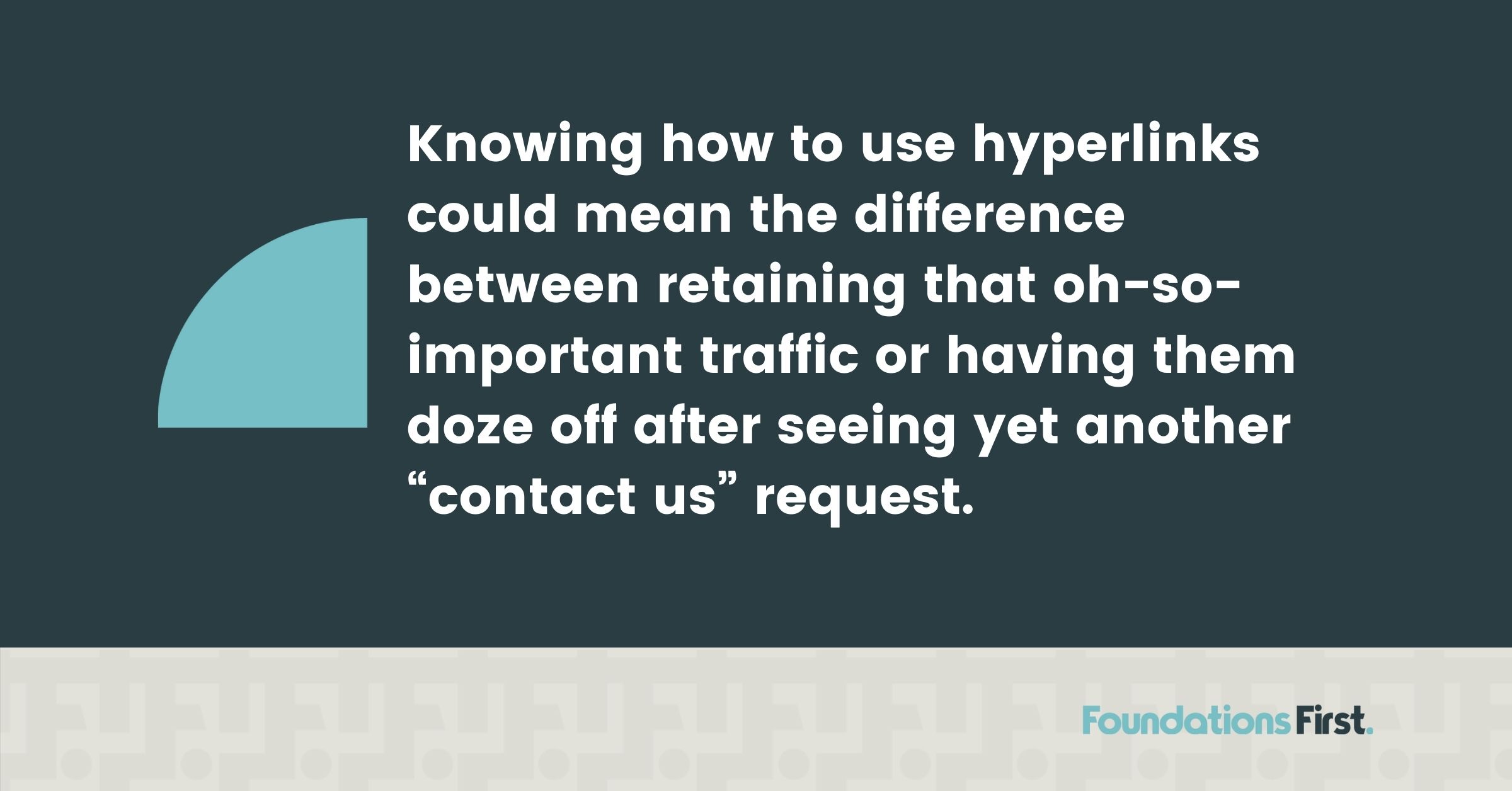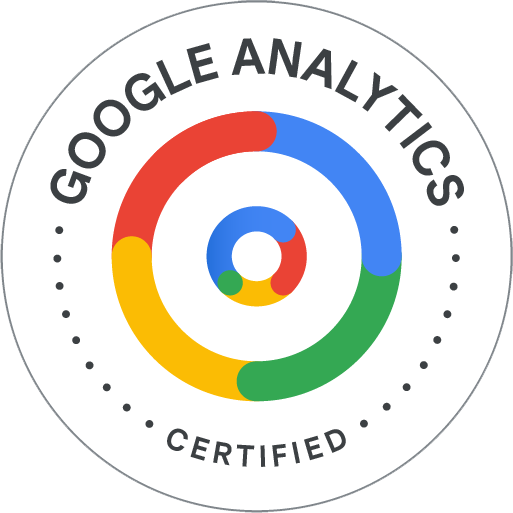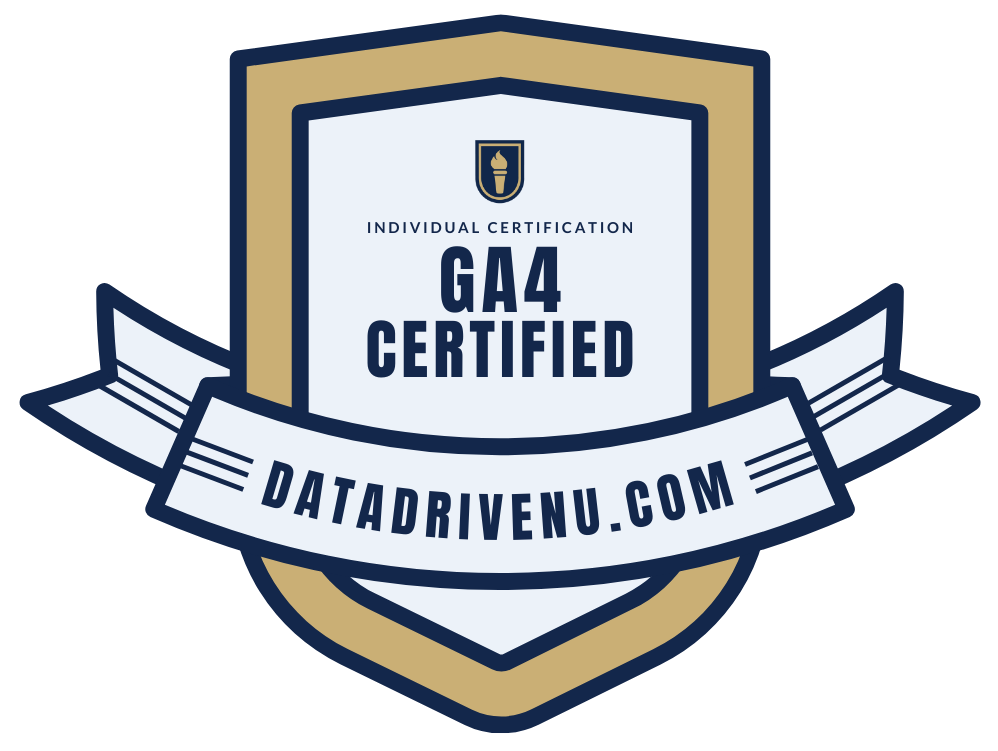Supercharging Your Content with Creative Hyperlinks

While I clutch my new mug sent to me from a fan on this dreary Seattle day, I want to cover something that’s near and dear to everyone’s heart: hyperlinks! Don’t laugh. Hyperlinks are very important. Knowing how to use them properly in your blog posts and calls to action (CTA) could mean the difference between retaining that oh-so-important traffic or having them doze off after seeing yet another “contact us” request.
When incorporating hyperlinks, it’s best to make the actual link meaningful text.
If you think about it in relation to being compliant with Americans with Disabilities Act (ADA) standards, where someone has trouble seeing or is legally blind, an electronic reader may be used to scan the page and read it out loud. If that’s the case, the reader wouldn’t know what the “click here” actually was.
Solving The Problem
Whether you have an eBook, white paper or blog post that you’re promoting, the text for the hyperlink should be meaningful. For example, rather than write “To find out your personal organizational style, take this quiz by clicking here.” The rule of thumb is that if you only read what’s hyperlinked, in this case “clicking here,” you have no idea what that is. A much better approach is to write, “To find out your personal organizational style, take this organization quiz,” where the hyperlink might be the phrase “take this organization quiz.” In this second example, it’s super clear to everyone exactly where that link will take you, making for a much better user experience while also being ADA compliant.
Next, we’ll look at what makes for a good call to action. Most often in a blog post, you’re going to link to what we call “evergreen pages;” other pages on your site that are very high value. These could be a services page, an eBook, or something else of value where you would love the visitor to click and spend time there. Within the blog post, you want to mention things such as products and services so that you’ll have an opportunity to use this kind of hyperlink.
Hooking Them at the End
Now, let’s get to the end of the post. Once the reader gets to the end, what do you want them to do and what action do you want them to take? You could use another “contact us” but as we already stated, that’s pretty weak. The only exception is if it’s the most mind-blowing link ever and so compelling that it will be archived in the Library of Congress. Unless this is the case, the CTA should be more intuitive.
A great call to action at the end might be something like “chat now,” where it’s incorporated by writing something like, “If you’re reading this and you want to get started right away, chat with us.” Don’t try to make the reader fill out another form, unless, of course, that content is on its way to Washington, DC. Instead, just have a little chat. I also use a little something called Drift. It’s a great conversational marketing platform and one of the best things about it is it’s free. You can also use “follow us on social media” or “connect with me on LinkedIn” as great ways to get connected. It’s true that you’re not getting their email address, but you are still connecting with, which may still lead to an opportunity to get their additional contact information down the road.
Other terms you can use that are better than “contact us” are “talk to an expert” or “brainstorm with me.” Who wouldn’t want to talk to an expert? I know I would. These are all much more creative than the “contact us” option.
If All Else Fails
Now, if you truly don’t have anything available to offer via a “talk to an expert” or similar CTA, you can always use the tried and true “if you liked this content, you might also be interested in this.” Something similar might be. “We’ve taught you this, so stay tuned net week and subscribe to get the net blog post in the sequence.”
You see how all of these sentences don’t have a “click here” in the bunch. Everything is intuitive and readers are usually curious about what’s behind that creatively-used hyperlink.
Remember, you don’t need any adult supervision to try these tips with your content. Once you do, let us know how it worked or ask us other questions related to this topic. In the meantime, I’ll be in the office clutching my new mug.

Michelle Tresemer
Categories
- Analytics and Measurement
- Brand Messaging
- Competitor Analysis
- Content Marketing
- Digital Marketing Strategy
- Digital PR & Events
- Marketing Budgets
- Marketing KPIs
- Marketing News
- Marketing Rock Samples
- Marketing Staffing & Vendors
- Marketing Strategy
- Marketing Tech Stack
- Podcast
- Product Marketing
- Sales Marketing Alignment
- SEO
- Social Media
- Strategic Marketing Partnerships
- Target Markets
- Uncategorized
- Vision & Purpose
- Webmaster








